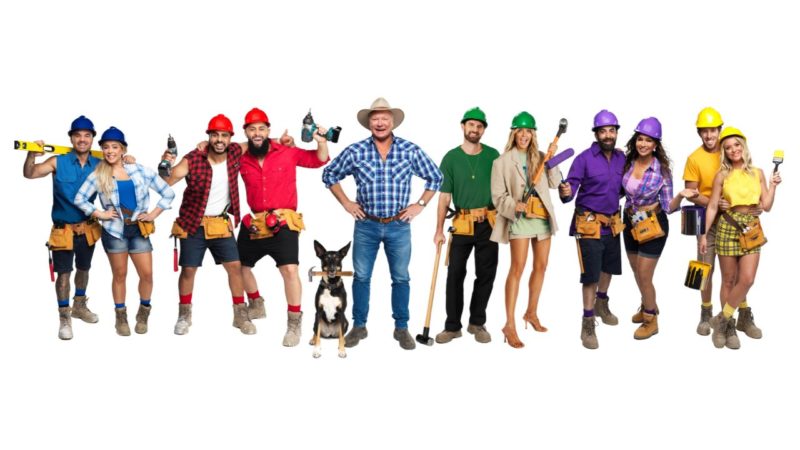The Block’s EP and Nine’s Sarah Stewart on why the show delivers for its clients
With the 18th season of The Block returning to screens this Sunday, Mumbrella’s Emma Shepherd speaks to Nine’s director of content partnerships and client experience, Sarah Stewart, on what the show provides for brands, and how it delivers year on year, while the show’s EP, Julian Cress shares the importance the role of sustainability plays in this season and what demos the show aims to attract.
Nine’s director of content partnerships and client experience, Sarah Stewart, tells Mumbrella the reason brands stay with the show each season is because The Block delivers year-on-year for its clients.
“It’s all about finding what the brands’ messages are, and working out how we can create bespoke integration for them that works for both the show and the brand that we’re working with,” says Stewart.


